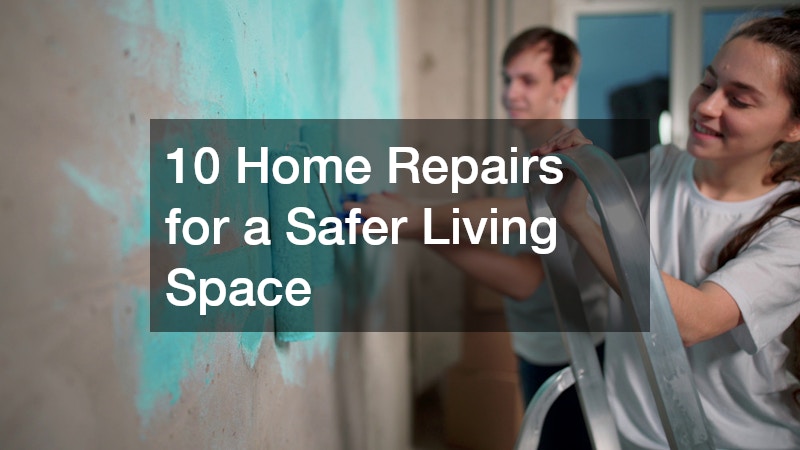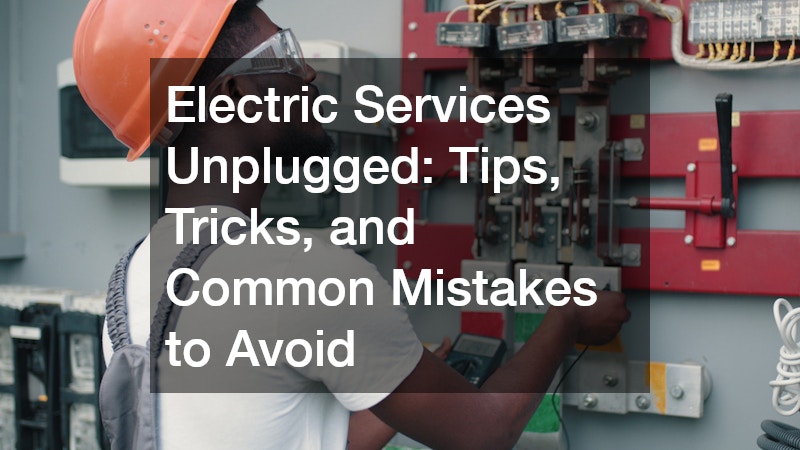A safe home isn’t just a comfortable place to live—it’s a necessity. Over time, all homes experience wear and tear that can lead to dangerous situations if not properly addressed. From minor cracks to major mechanical breakdowns, these issues often sneak up quietly, and homeowners may not realize how much they compromise safety until it’s too late. Making timely repairs is essential to prevent injury, reduce fire and flood risks, and maintain structural integrity. Additionally, while some fixes may seem cosmetic, they often signal deeper underlying concerns that shouldn’t be ignored. Understanding which repairs are most critical allows homeowners to create a priority list, ensuring that the most essential needs are addressed first.
Sealing Structural Risks Below Ground
Basements are prone to water damage, and one of the earliest signs is the appearance of small fissures in the walls or floor. While they might seem harmless at first, basement crack repairs are essential for maintaining a safe, dry foundation. Cracks can allow water to seep in, leading to mold growth, structural weakening, and even pest infestations. Over time, these cracks can widen due to changes in soil pressure or repeated exposure to moisture. When left unchecked, what starts as a hairline split can eventually compromise your home’s foundation. Repairing basement cracks usually involves epoxy or polyurethane injections that seal the openings and prevent further intrusion. In more severe cases, waterproofing membranes or external excavation may be needed. A professional can determine whether repair or replacement services are appropriate, especially if cracks appear repeatedly. Addressing this issue promptly not only ensures a more stable home structure but also contributes to overall indoor air quality by preventing mold growth. Homeowners should inspect their basements seasonally, particularly after heavy rain or snowmelt, to catch cracks early and make timely repairs. A safe basement supports a safe home from the ground up.
Keeping the Roof Over Your Head in Check
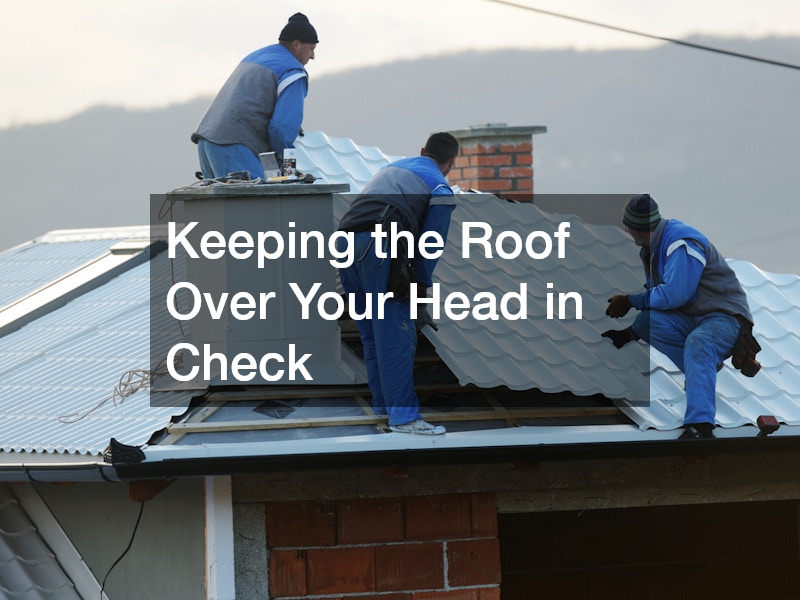
One of the most critical components of any home is the roof—it shields you from the elements, maintains insulation, and contributes to structural stability. When shingles curl, leak, or go missing, it’s time to consider roofing repair before small issues become large, costly problems. Leaks can lead to water damage in ceilings, walls, and even electrical systems, creating significant safety hazards. Mold and rot caused by roof leaks can also impact the health of everyone in the household. Roofing repair involves replacing damaged shingles, sealing vents, reinforcing flashing, and sometimes repairing underlayment. In severe cases where the roof is aged or extensively damaged, replacement services may be the more effective route. A strong, well-maintained roof is essential for keeping water out, maintaining temperature control, and protecting everything beneath it. Regular inspections by a qualified roofer can identify weak spots early and prevent emergencies like collapses or major leaks during storms. Your roof is your home’s first line of defense—keeping it in optimal condition directly correlates with your safety. Investing in timely roofing repair now could save you from far more expensive issues down the line.
Ensuring Safe and Warm Winters
As temperatures drop, your furnace becomes one of the most important systems in your home. A malfunctioning unit can lead to dangerous carbon monoxide buildup, increased fire risk, and sudden loss of heat during freezing weather. Furnace repair is not something to delay, especially when you notice warning signs like strange noises, short cycling, or uneven heating. Technicians can diagnose issues such as cracked heat exchangers, faulty thermostats, and clogged filters. These problems not only impact efficiency but can pose serious safety threats. When repair is no longer viable, replacement services may be the safer and more economical long-term solution. Modern furnaces also offer improved energy efficiency, which can lower utility bills and reduce your carbon footprint. Routine maintenance, including filter changes and annual inspections, can prolong the life of your system and ensure it operates safely. Furnace repair should be part of every homeowner’s seasonal safety checklist. It provides peace of mind that your home will stay warm and secure, even in the coldest months. Don’t wait for a winter emergency to discover a critical heating issue—be proactive in maintaining a safe and comfortable living space.
Cooling Systems That Protect Your Health

Air conditioning doesn’t just make your home comfortable during hot seasons—it plays a critical role in indoor air quality and humidity control. When systems break down, AC repair becomes a priority for both comfort and health. A poorly functioning unit can circulate mold spores, allergens, or even dangerous gases like refrigerant leaks. Common issues include clogged condensate lines, frozen coils, and motor malfunctions. If your AC is producing warm air, leaking water, or making loud noises, it’s time to call in a technician. Timely AC repair ensures that your system operates efficiently and reduces strain on other household systems. In some cases, especially with older units, replacement services are the better option for restoring safe and reliable cooling. Modern systems also offer advanced filters that trap airborne particles, creating a cleaner and healthier environment. Regular maintenance, like changing filters and cleaning ducts, supports optimal performance and prevents breakdowns. In a world where indoor air quality is closely tied to health outcomes, taking care of your AC system is more than just a comfort—it’s a safety measure. Don’t overlook this essential component of a safe home environment.
Avoiding Dangerous Leaks and Water Damage
Hot water is a modern necessity, but a malfunctioning water heater can quickly become a major safety concern. Over time, sediment builds up inside the tank, causing inefficiency, strange noises, and even dangerous pressure fluctuations. Water heater repair addresses these issues before they escalate into leaks, scalding risks, or burst tanks. Signs of trouble include inconsistent water temperature, water pooling around the base, or rust-colored water. Licensed plumbers can flush out tanks, replace heating elements, or adjust thermostat settings to restore performance. In older systems or when corrosion has compromised the tank’s integrity, replacement services may be the safest route. Newer models come with enhanced safety features and better insulation, reducing energy usage and hazard potential. A functioning water heater is essential not only for hygiene and comfort but also for preventing bacteria like Legionella from developing in lukewarm standing water. Annual inspections help catch problems early, ensuring your home stays safe and efficient year-round. Water heater repair is a small step that pays huge dividends in peace of mind and protection against costly water damage or unexpected appliance failure.
Preventing Soil and Water Contamination
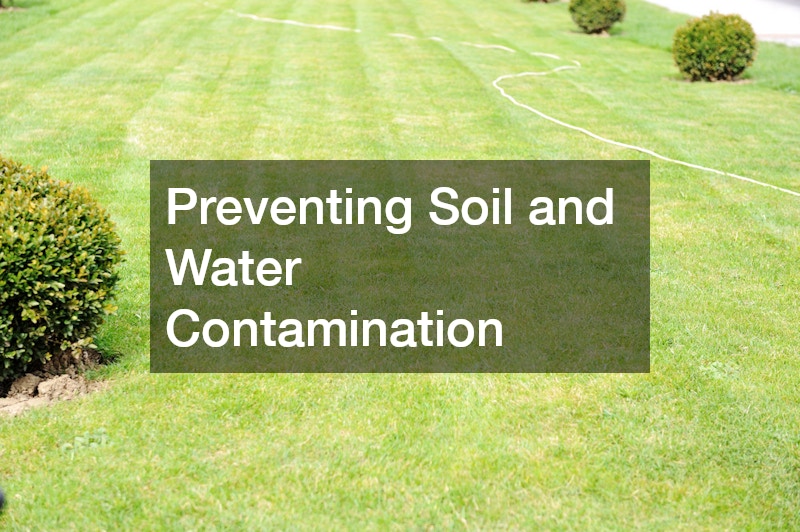
Your septic system is out of sight but should never be out of mind. When it fails, it can lead to severe health hazards, environmental damage, and costly cleanups. Septic tank repairs address issues such as clogged drain fields, cracked tanks, or faulty pumps. Warning signs include slow drains, unpleasant odors, gurgling pipes, and standing water near the tank. Ignoring these can lead to raw sewage backups or leaks into the surrounding soil, posing risks to groundwater and nearby structures. Because of the serious implications, professionals may recommend replacement services if a tank is too old or beyond repair. Septic maintenance includes regular pumping, inspections, and monitoring usage habits like avoiding flushing non-biodegradable items. A healthy septic system keeps your plumbing working efficiently and protects your home from potential contamination. Homeowners should treat septic tank repairs as urgent safety priorities, not optional maintenance. Delaying repairs can escalate the problem, creating sanitation hazards and steep fines in some municipalities. Investing in the health of your septic system is a smart, responsible way to ensure your property stays clean, safe, and environmentally compliant.
Managing Fire Hazards in Common Areas
Fireplaces create a cozy ambiance, but when damaged or poorly maintained, they can be one of the biggest safety risks in your home. Creosote buildup, damaged flues, or cracked masonry can lead to fires or carbon monoxide poisoning. A fireplace repair service will assess your chimney and firebox, ensuring all components meet modern safety standards. Professionals may repair broken dampers, seal cracks, or replace malfunctioning gas igniters. An improperly functioning fireplace can also cause smoke to backdraft into your living space, decreasing air quality and increasing fire risk. Sometimes, replacement services are necessary if the structure is deteriorating or outdated. Regular inspections—especially before the winter season—are key to catching problems early. A clean and functional fireplace system not only keeps your home warm but ensures your family’s safety during use. Installing carbon monoxide detectors near fireplace areas adds another layer of protection. If your home has a fireplace, make sure it’s more than decorative—ensure it’s operating safely. With proper repairs and maintenance, your fireplace can provide warmth and comfort without the danger. Safety starts with making sure every flame is contained, controlled, and properly vented.
Restoring Safe Surfaces Outside the Home
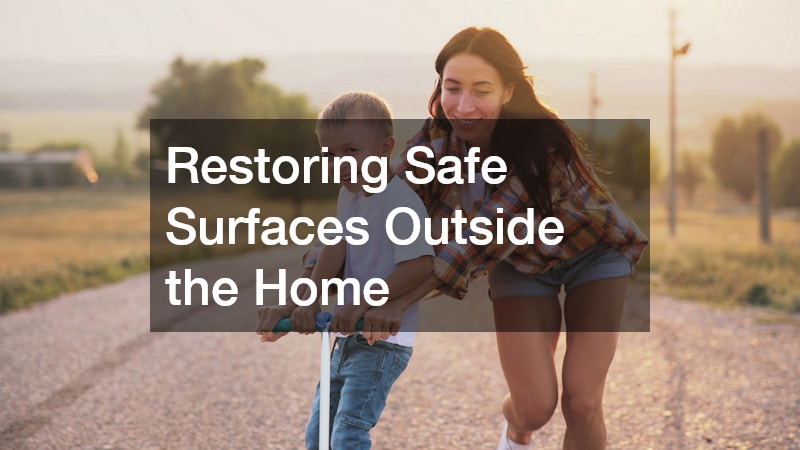
Your driveway is more than a path to your garage—it’s a key feature that affects safety, curb appeal, and accessibility. Over time, weather and vehicle traffic wear down surfaces, making asphalt driveway repair an important safety measure. Cracks and potholes pose tripping hazards, especially for children and the elderly. They can also damage car tires and suspension systems. Prompt asphalt driveway repair prevents water from seeping below the surface and causing further deterioration. Left unchecked, these issues may require full resurfacing or even replacement services. Professionals use patching compounds, sealcoats, and resurfacing techniques to restore smooth, safe access. Proper drainage and grading are also assessed during the repair process to reduce future damage. A well-maintained driveway ensures that your home’s entrance is secure and visually appealing. Seasonal maintenance, such as sealing in the fall, extends the life of the surface and reduces long-term costs. Don’t let minor damage escalate into major risks—addressing your driveway’s condition contributes directly to your home’s safety and functionality. Safe access starts from the curb, and a smooth, even driveway is a fundamental part of a secure and well-cared-for home.
Maintaining Reliable Entry Points
A functioning garage door is more than a convenience—it’s a critical component of home safety. Garage door repairs address issues like broken springs, faulty sensors, off-track rollers, and malfunctioning openers. These problems can pose serious injury risks or leave your home vulnerable to break-ins. A heavy garage door can fall without warning if components fail, while broken sensors may prevent it from stopping if an object or person is in the way. Timely repairs restore safe operation and protect everyone using the space. In some cases, outdated systems may require replacement services, especially when safety features like automatic reverse are missing or malfunctioning. Professionals can assess the balance, alignment, and motor function to determine what’s needed. Regular maintenance, such as lubricating moving parts and testing the opener, keeps your garage door operating safely year-round. This is especially important for families with children or pets who may interact with the door frequently. Don’t overlook the garage as a potential hazard zone—treat repairs seriously and invest in safety upgrades when necessary. A secure garage door keeps both your vehicles and your home protected, contributing to a safer overall living environment.
Staying Ahead of Water Damage in the Yard
Outdoor irrigation systems provide convenience and keep your lawn lush, but when components fail, they can cause water waste, foundation damage, and slipping hazards. Sprinkler and swimming pool repair service are often needed when heads break, pipes leak, or control systems malfunction. These issues can create puddles on sidewalks, erode landscaping, or send water streaming toward your home’s foundation. Regular inspections can identify clogged nozzles, damaged valves, or uneven spray patterns. Professional sprinkler repairs ensure that your system waters efficiently and safely, avoiding hazards like algae buildup on driveways or slippery walkways. In more severe cases, outdated systems may require full replacement services to meet current water conservation standards. Smart irrigation upgrades can reduce water bills and ensure proper hydration across your yard. Maintaining our sprinkler system is part of responsible homeownership and contributes to both safety and sustainability. Unchecked leaks not only drive up utility costs but can also lead to mold and mildew problems near the home. Whether you’re using a sprinkler system for gardening, lawns, or landscaping, keeping it in top shape is essential to maintaining a secure and hazard-free property.
Keeping a home safe involves more than securing doors or installing alarms. True safety comes from addressing the hidden dangers that develop over time—structural weaknesses, outdated systems, and neglected damage. The ten repairs we’ve outlined in this blog are critical not just for comfort or appearance, but for preventing injury, illness, and costly disasters. In many of these cases, timely action can mean the difference between a quick fix and the need for extensive replacement services. Knowing when a repair is enough and when a full upgrade is necessary requires input from trusted professionals who understand building systems thoroughly..
